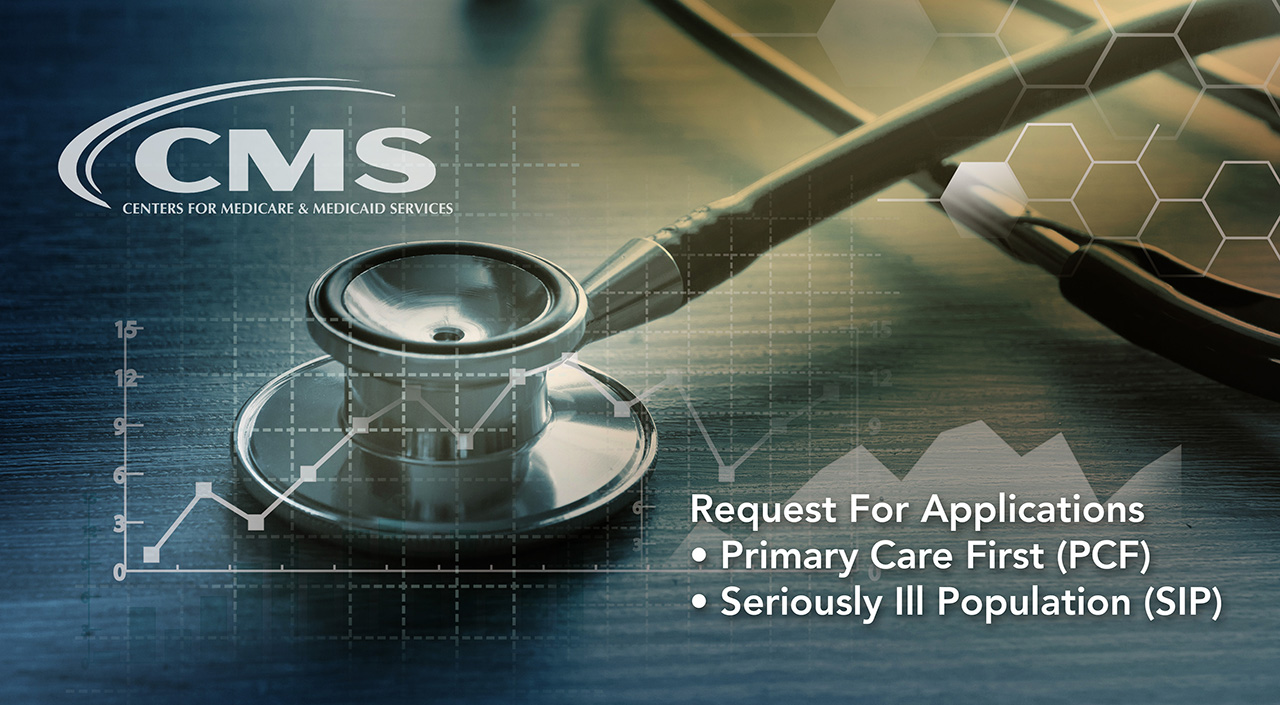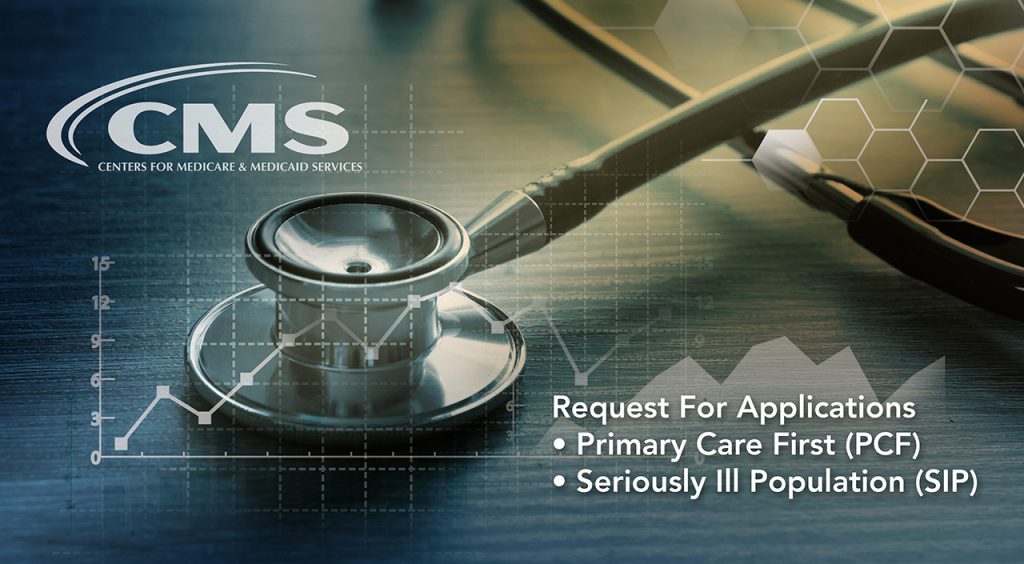
Would you like to maximize your reimbursements by up to $42 dollars per patient per month for the care being provided? Chronic Care Management (CCM) involves much of what you may already be doing to provide high-quality care for your patients: maintaining a comprehensive electronic care plan, managing transitions, and coordinating care with other professionals within and/or outside of your practice. The good news is that with a basic understanding of Chronic Care Management (CCM) documentation and billing, along with an effective workflow process, you can be fairly paid for providing these valuable services!
In 2015, CCM became separately payable by Medicare; however, it is still underutilized by many providers due to concerns about the documentation requirements or simply because providers don’t understand how this could easily become part of their practice’s workflow.
One concern has been that although many Electronic Health Record (EHR) systems allow providers to turn on a CCM module for time tracking and other features, it is typically an extra expense to the practice. Many providers find that just by enhancing their knowledge of CCM requirements and by implementing some standardized processes, a CCM module isn’t always needed.
Let’s start with the basics of what qualifies a patient for CCM:
- Two or more chronic conditions, which are expected to last at least 12 months, or until the death of the patient.
- Chronic conditions that place the patient at significant risk of death, acute exacerbation/decompensation, or functional decline.
- Comprehensive care plan established, implemented, revised, or monitored.
The medically complex and homebound will all qualify for these services, and home-based primary care (HBPC) practices provide extensive care coordination and management services to their patients. It is pretty typical for providers and clinical staff to spend at least 20 minutes per calendar month to manage their patients’ medical and psychosocial needs. So why not be reimbursed $42.84 (2019 CMS National Payment Amount) per patient per month? Only 20 minutes of combined clinical staff and providers’ time per calendar month is required to bill for CPT 99490 Chronic Care Management.
If your physicians or other qualified health care professionals (Nurse Practitioners, Physicians Assistants, Certified Nurse Midwives, and Clinical Nurse Specialists) are personally spending a complete 30 minutes within a calendar month addressing the medical and care coordination needs of their complex patients, then you can bill CPT 99491 which pays $83.97 (CMS National Payment Rate).
One potential barrier or source of confusion practices may feel limits their ability to provide CCM services to their patients is how to develop the CCM Comprehensive Care Plan that must be created, monitored, implemented, and provided to patient’s and/or caregivers receiving CCM services. Don’t let this stop you; consider if you have a nurse or other clinical staff that could be designated to support CCM and assist the providers in creating these care plans for patients. Below is an example that contains the care plan fields, which meet CMS requirements.
- Problem List
- Expected outcome or prognosis
- Patient Goals of Care
- Treatment Plan for each Chronic Condition
- Symptom Management Plan/Education Resources Provided
- Care Team (Include roles & responsibilities)
- Medication List (Mark as reviewed/reconciliation last completed date)
- Community and Social Services Involved in Care (include role and frequency of interventions)
- Care Plan Review Date
What other elements are required when providing CCM services to your patients?
- You must obtain and document either verbal or written consent for the patient to receive CCM services, and only one billing practitioner may provide and report CCM services per beneficiary.
- Structured Recording of Patient Health Information: Practice utilizes certified EHR technology.
- Access to Care & Care Continuity: Enable 24/7 access to provider team and other clinical staff with a means for after-hours coverage, designated relationship with a member of the care team, and provide enhanced communication opportunities.
- Comprehensive Care Management: Systematic assessment/monitoring of all medical, functional, and psychosocial needs, medication reconciliation with review of adherence, potential interactions, and self-management, coordinate home and community-based services.
- Transitional Care Management: Manage transitions as part of CCM.
For further explanation of the requirements in the CCM Comprehensive Care Plan refer to the following HCCI resource, CCM Care Plan Requirements.
Don’t let the list intimidate you! If you are currently providing longitudinal home-based primary care to your patients, chances are, you are already meeting the requirements but just not billing for it. This means you could be leaving a significant amount of revenue on the table. To put this in perspective, let’s say you billed 300 traditional CCM charges within a six month period. That’s an extra $12,852 in revenue.
In today’s Fee-for-Service model, you must take advantage of all possible billing opportunities to be sustainable and properly reimbursed for the quality, compassionate care your team is already providing.











